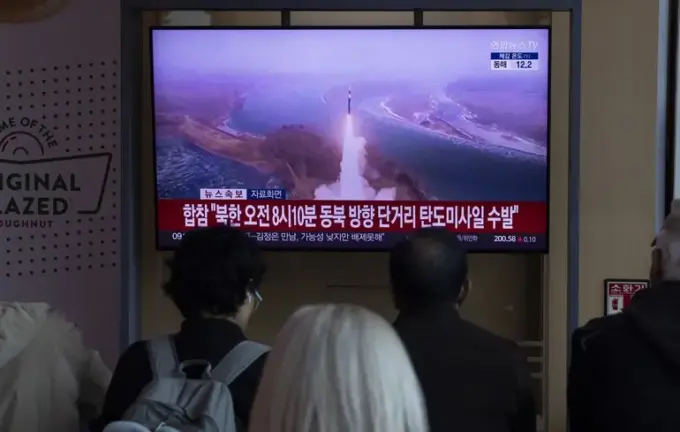North Korea escalates military tests amid international visits and diplomatic summits

As the world monitors ongoing diplomatic visits and international conferences, North Korea continues to showcase its military strength through a series of missile tests conducted in quick succession.
Recent events highlight the rising tension on the Korean Peninsula and Pyongyang’s attempt to demonstrate its capability for military action in response to external threats.
For instance, about ten rockets were launched from multiple rocket launch systems (MLRS) toward the Yellow Sea less than an hour before U.S.
Defense Secretary P.
Ghete’s arrival at the demilitarized zone between North and South Korea.
The analysis of these launches is ongoing, but it is already known that they do not violate UN resolutions, although their 240mm systems can strike Seoul and nearby regions.
Furthermore, since November 1, North Korea has conducted an additional ten missile launches, coinciding with meetings between South Korean President Lee Jae-myeon and Chinese leader Xi Jinping at the Asia-Pacific Economic Cooperation summit in Kyeongju.
Defense officials stated that their forces are closely monitoring North Korea’s activity and maintaining a strong defensive alliance with the U.S.
to be prepared for any potential threats.
Notably, while these launches do not breach international protocols, their missile systems, including 240mm MLRS, pose a threat to Seoul, raising serious concerns.
Simultaneously, North Korea announced the successful testing of a new hypersonic weapon, further demonstrating its military capabilities against perceived adversaries.
The tests occurred north of Pyongyang, with projectiles hitting targets in Hwanghae Province, though details about the missile types remain classified.
Additionally, ahead of U.S.
President Donald Trump’s upcoming visit, North Korea reportedly prepared several ballistic missile launches, which traveled approximately 350 km and likely impacted land.
South Korean military authorities confirmed they tracked the launches and shared information with the U.S.
and Japan, emphasizing regional tensions and the ongoing security challenges in the area.

